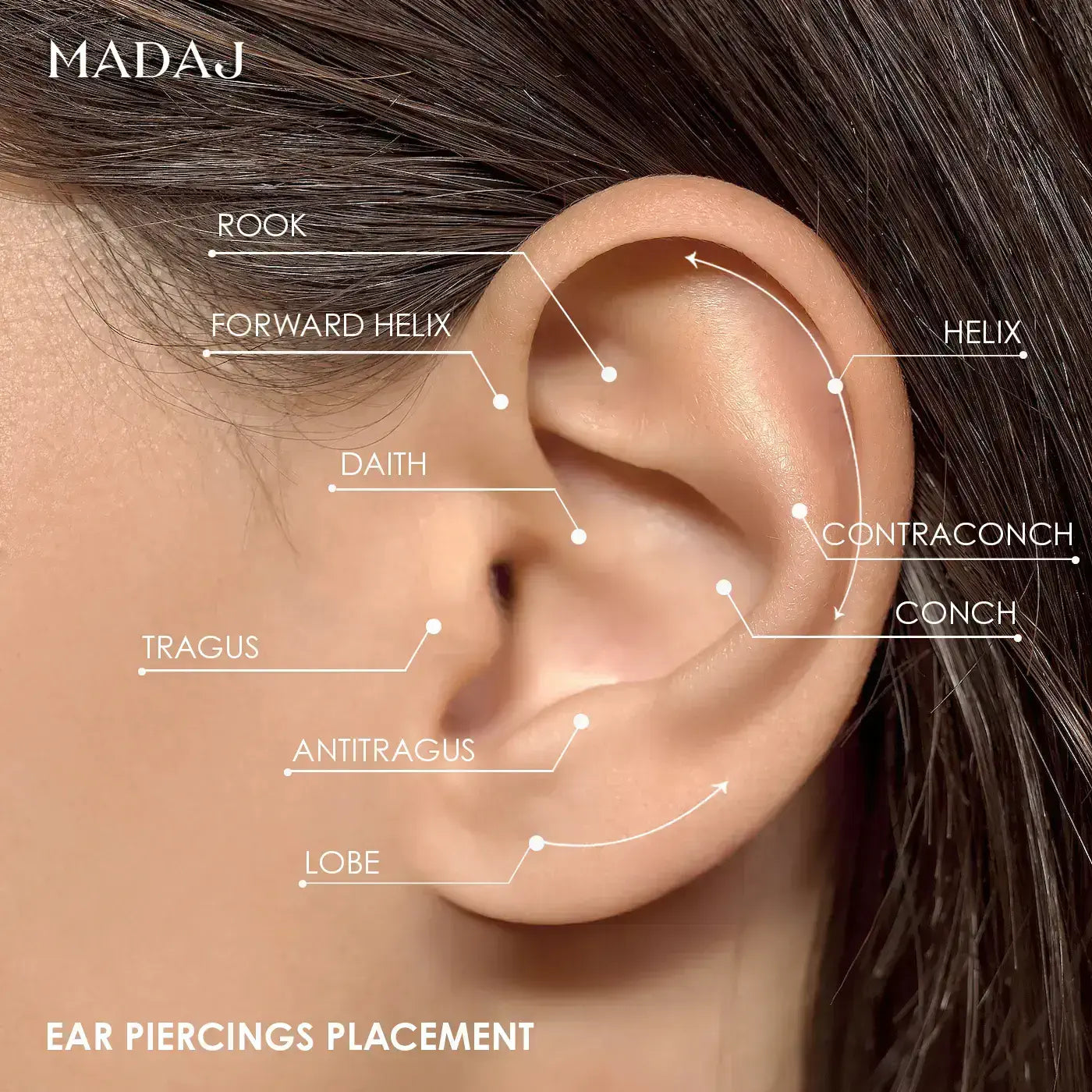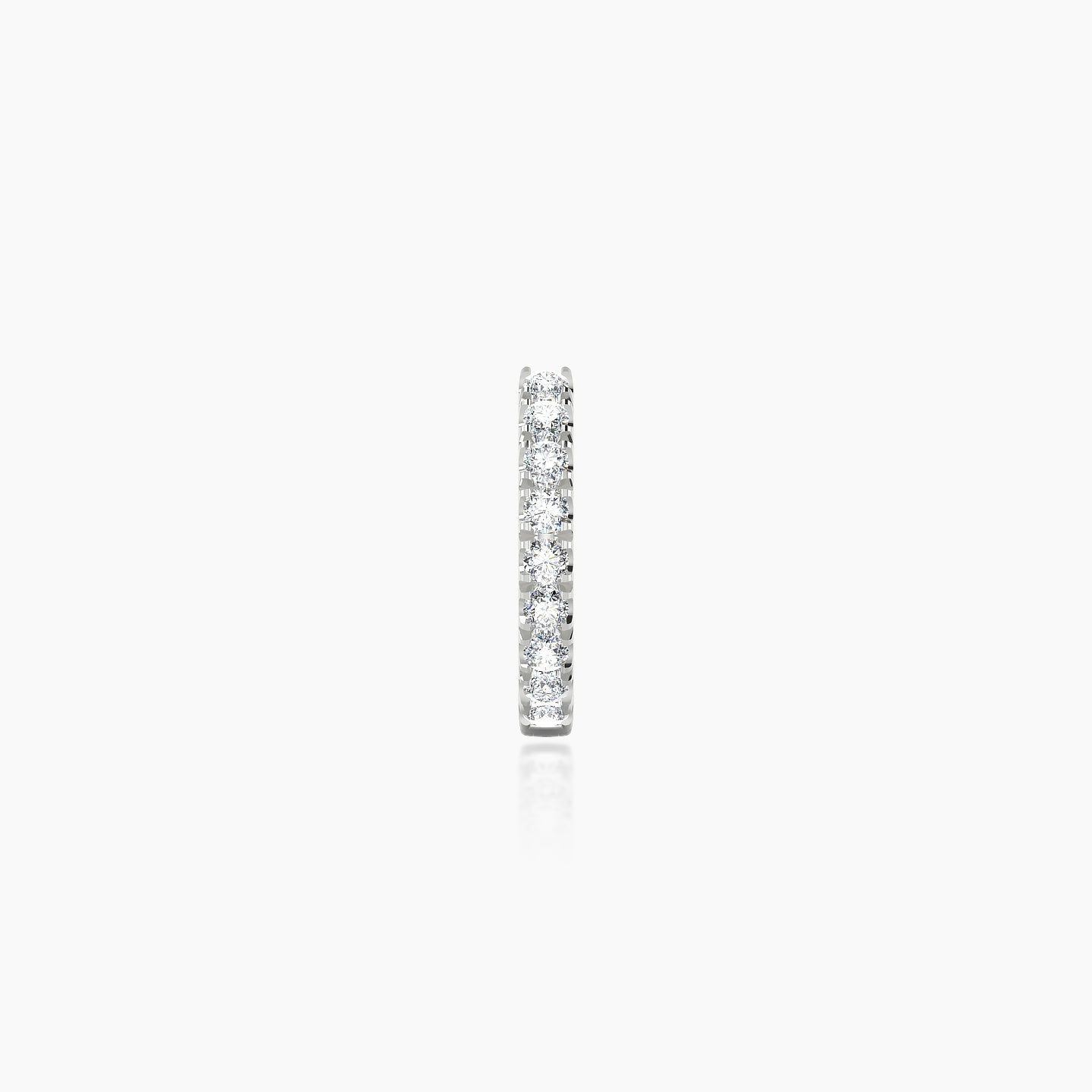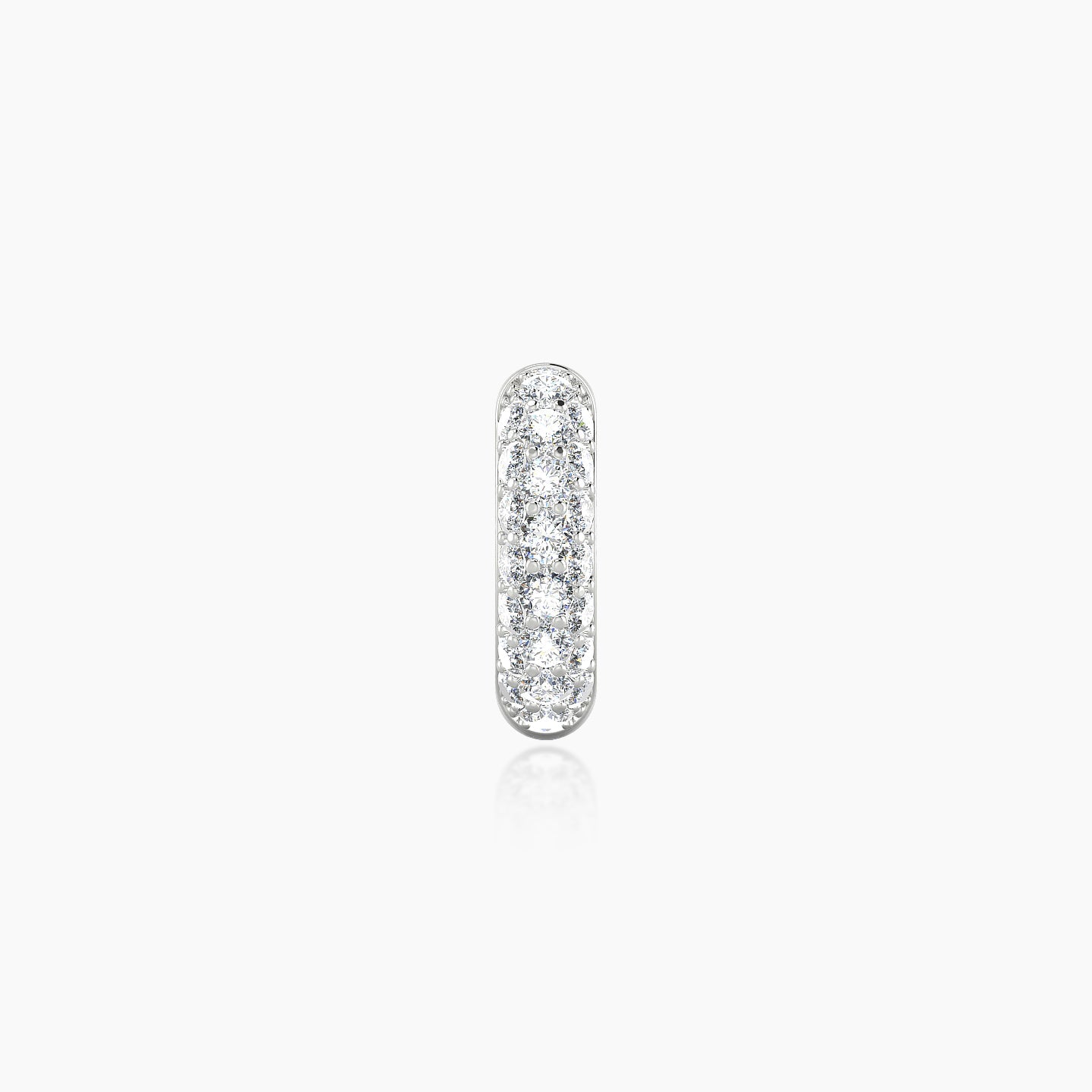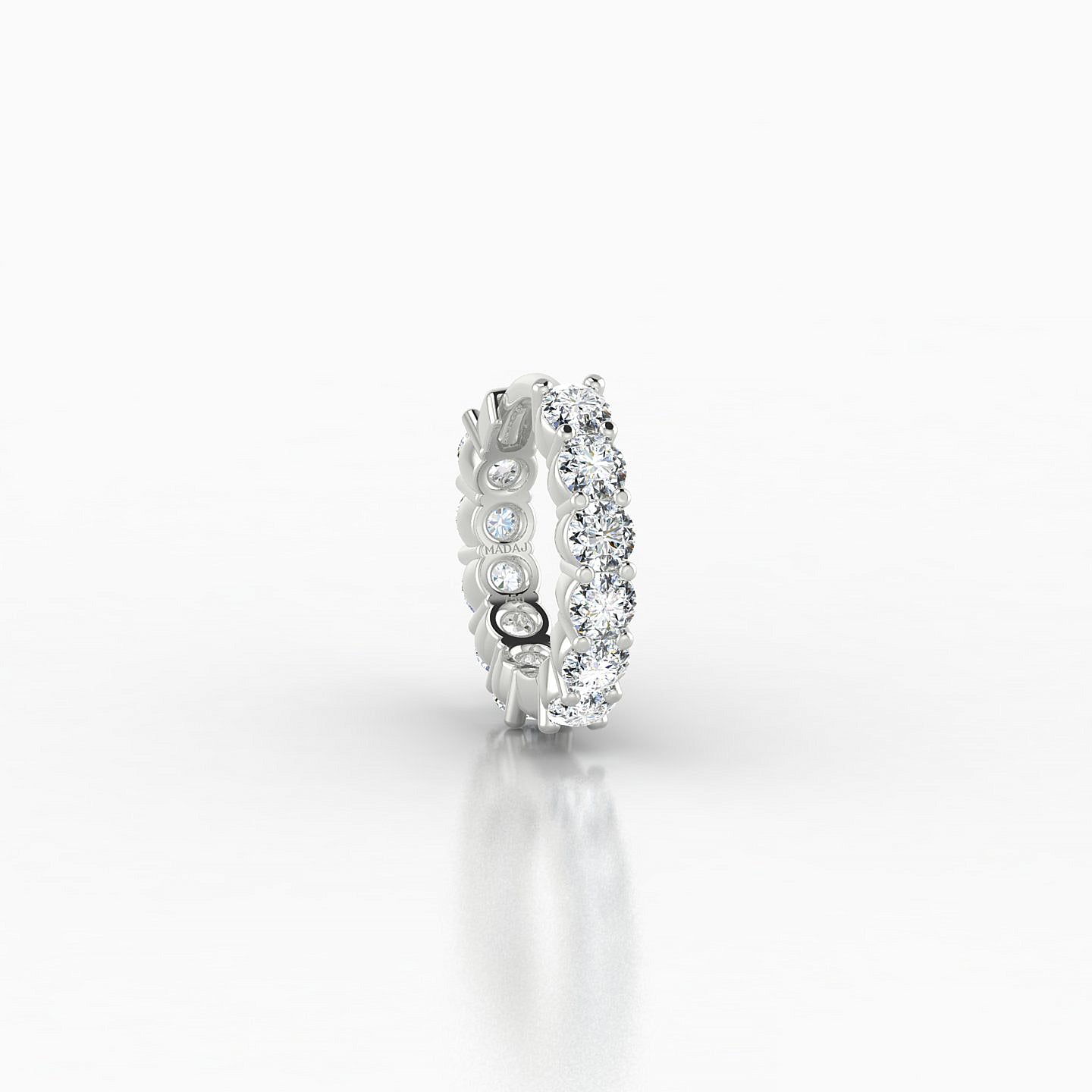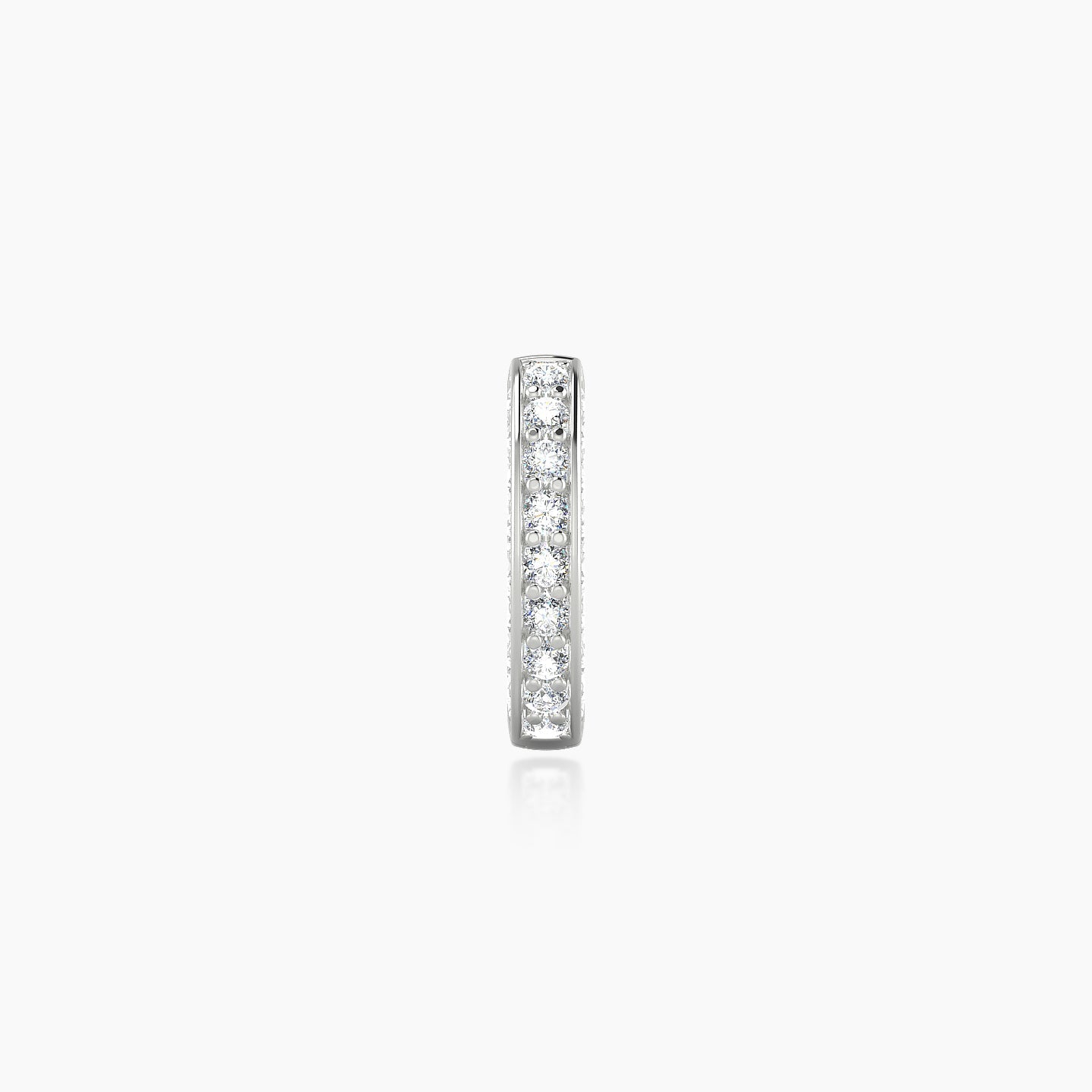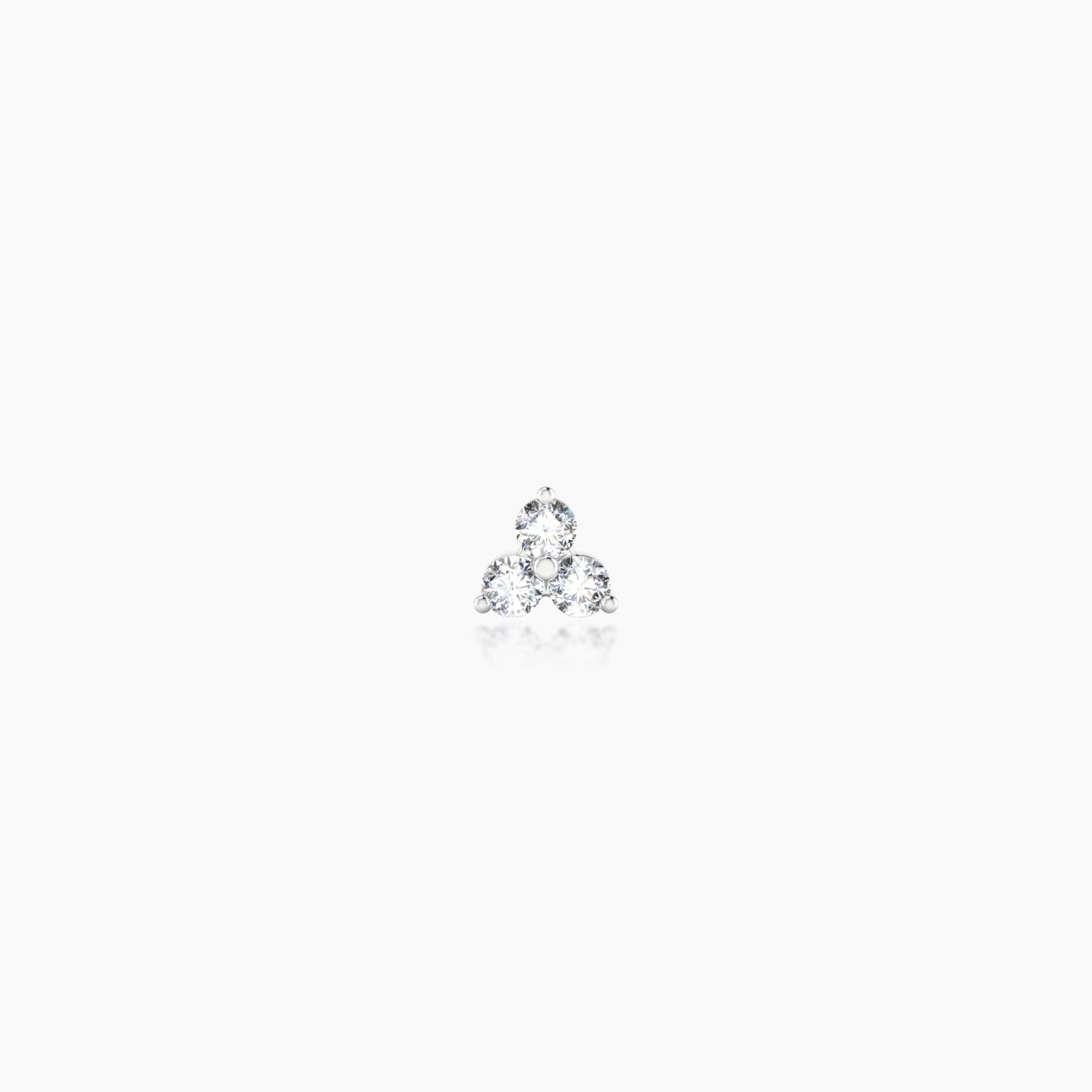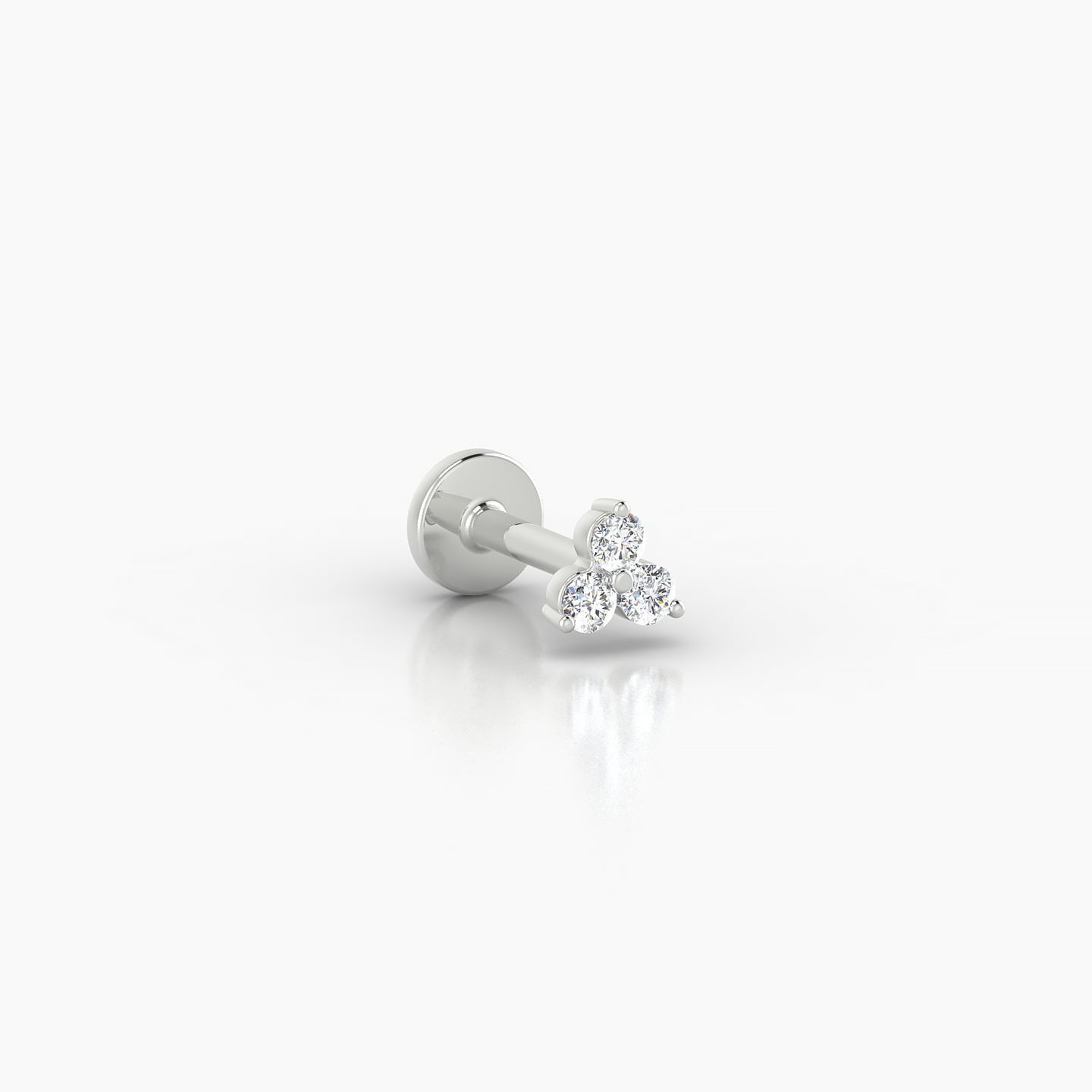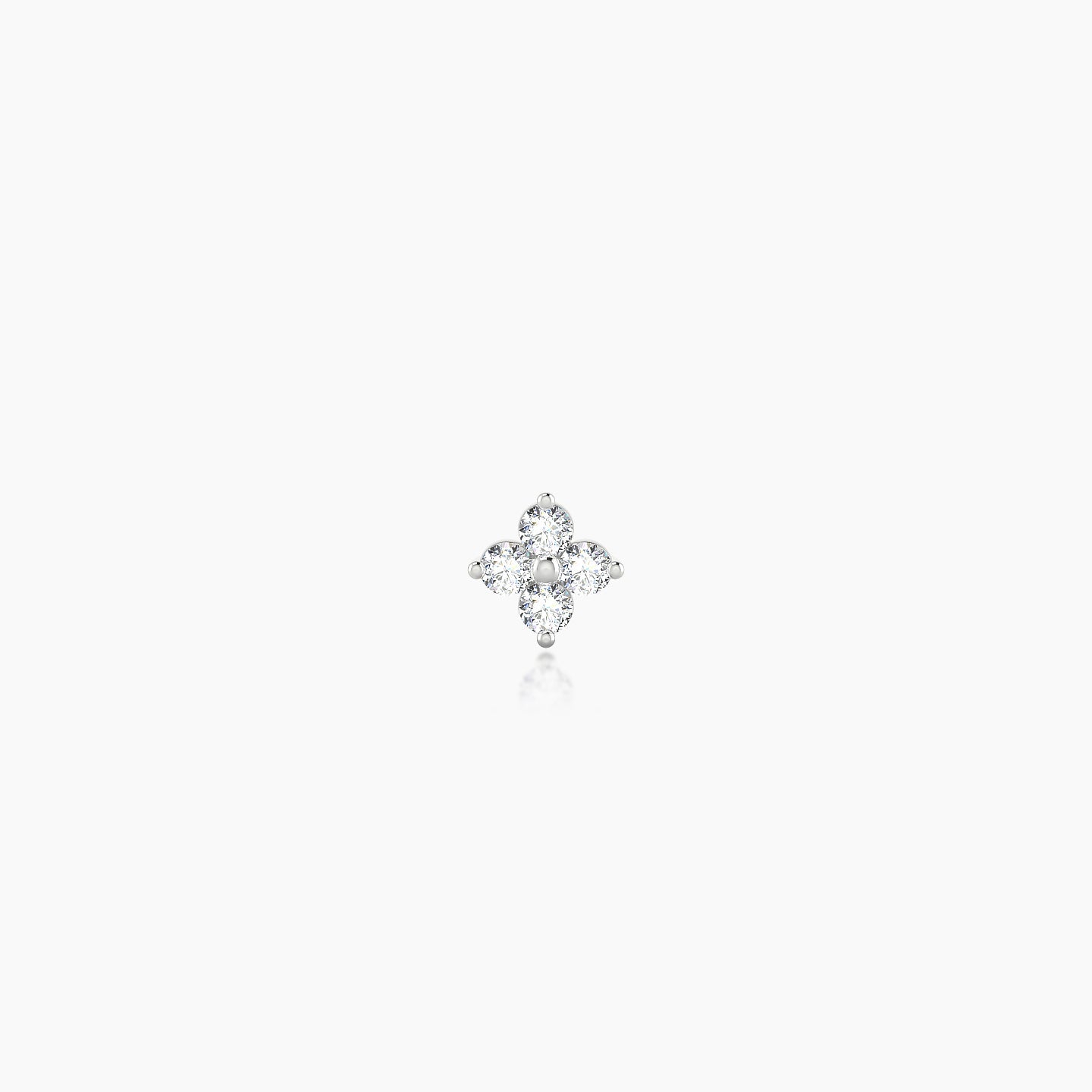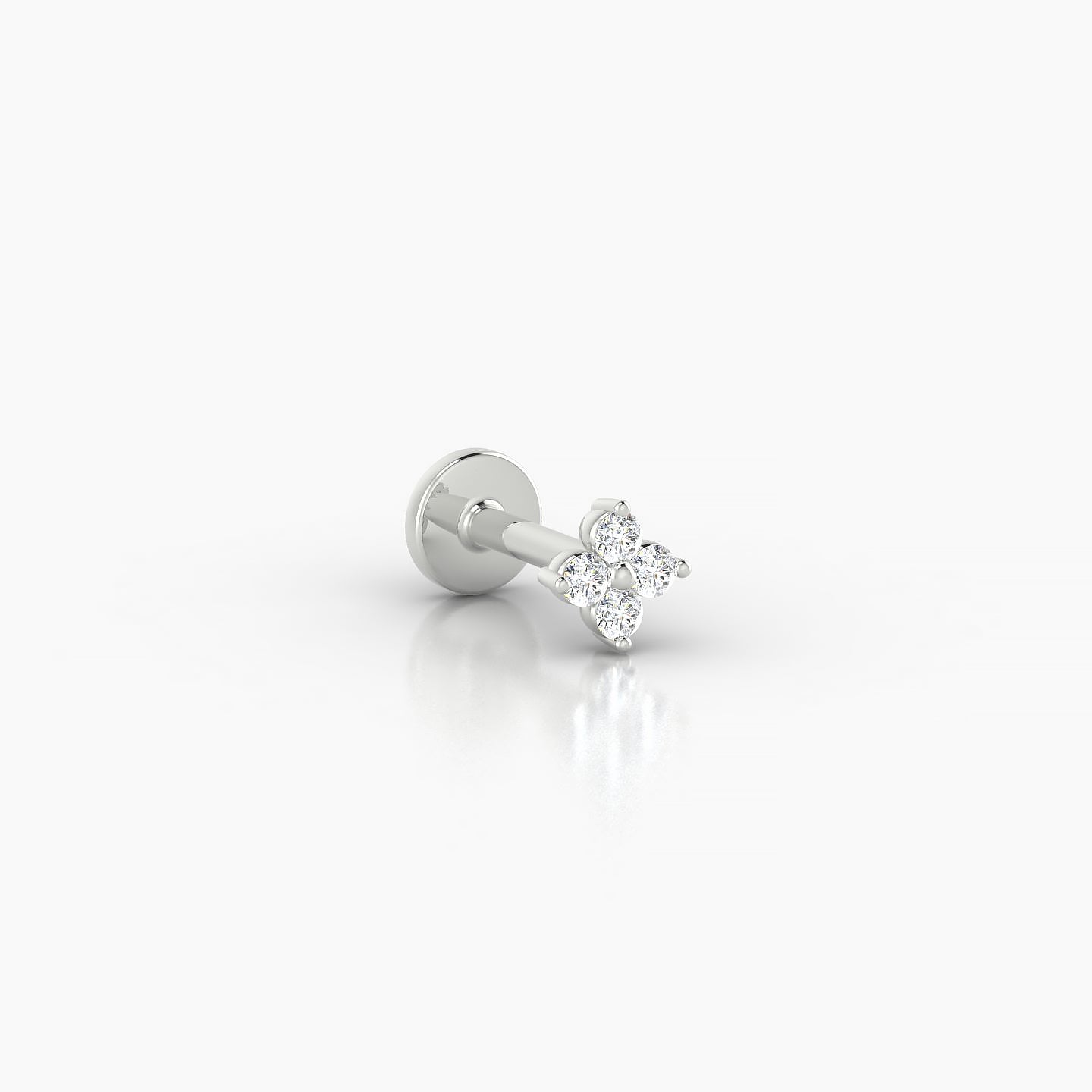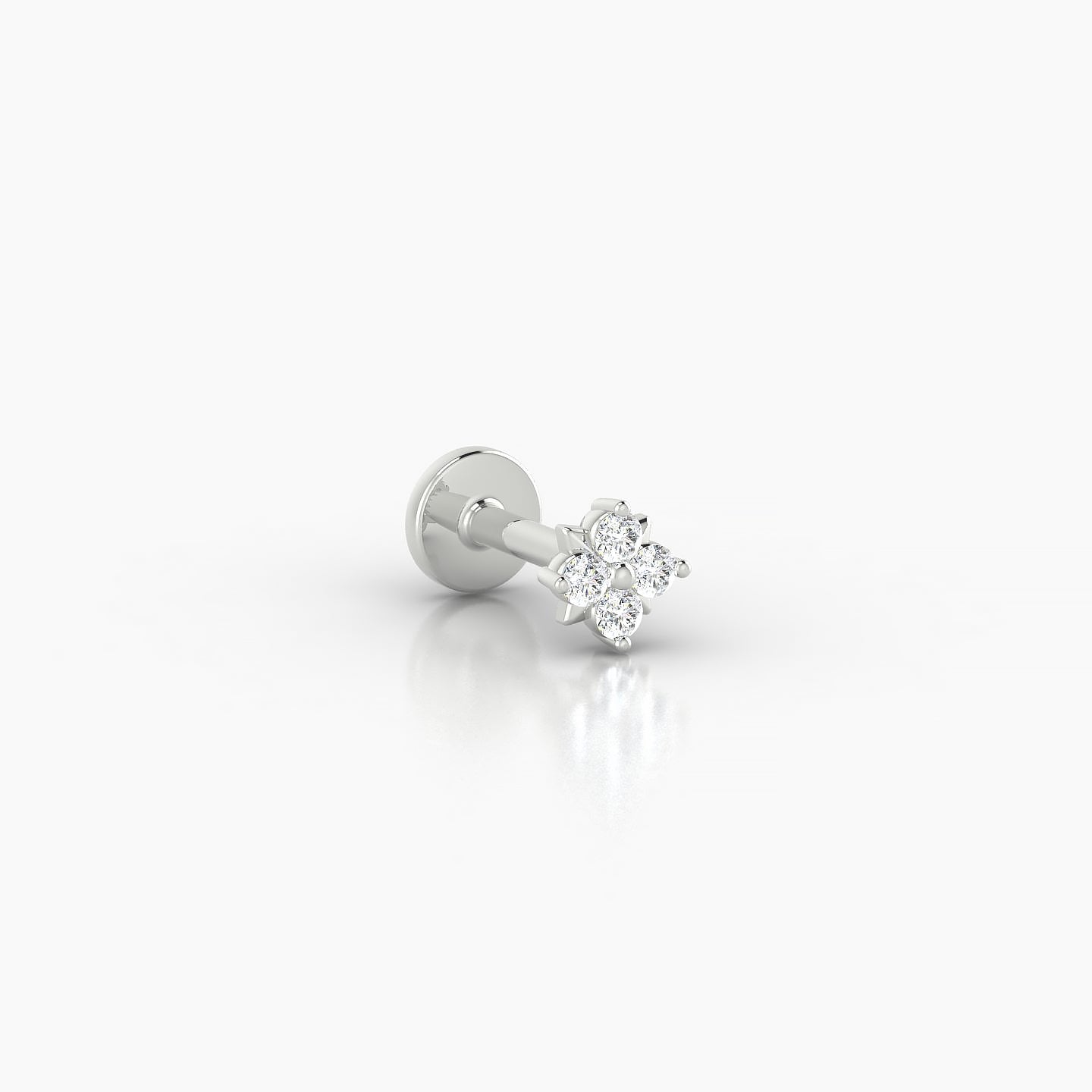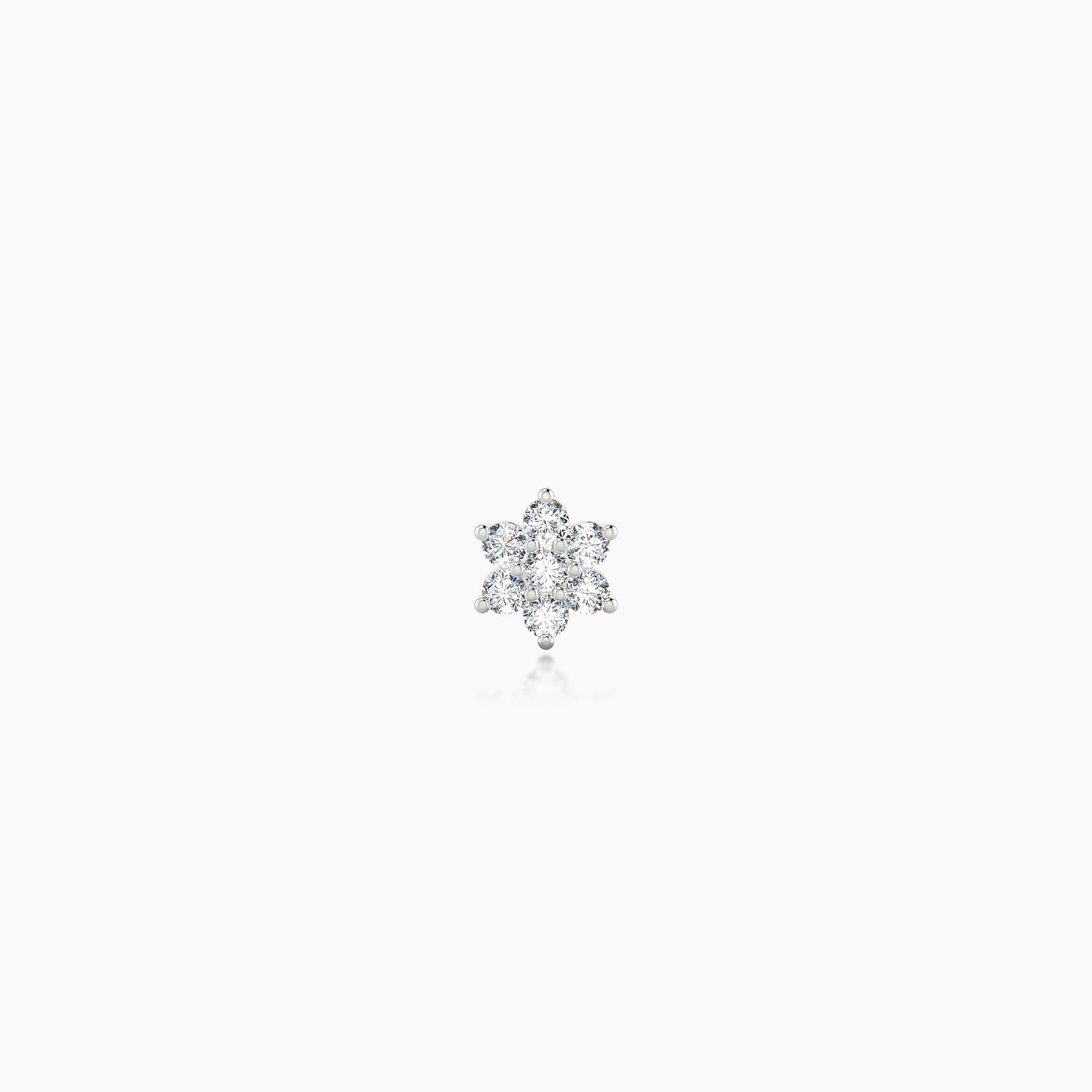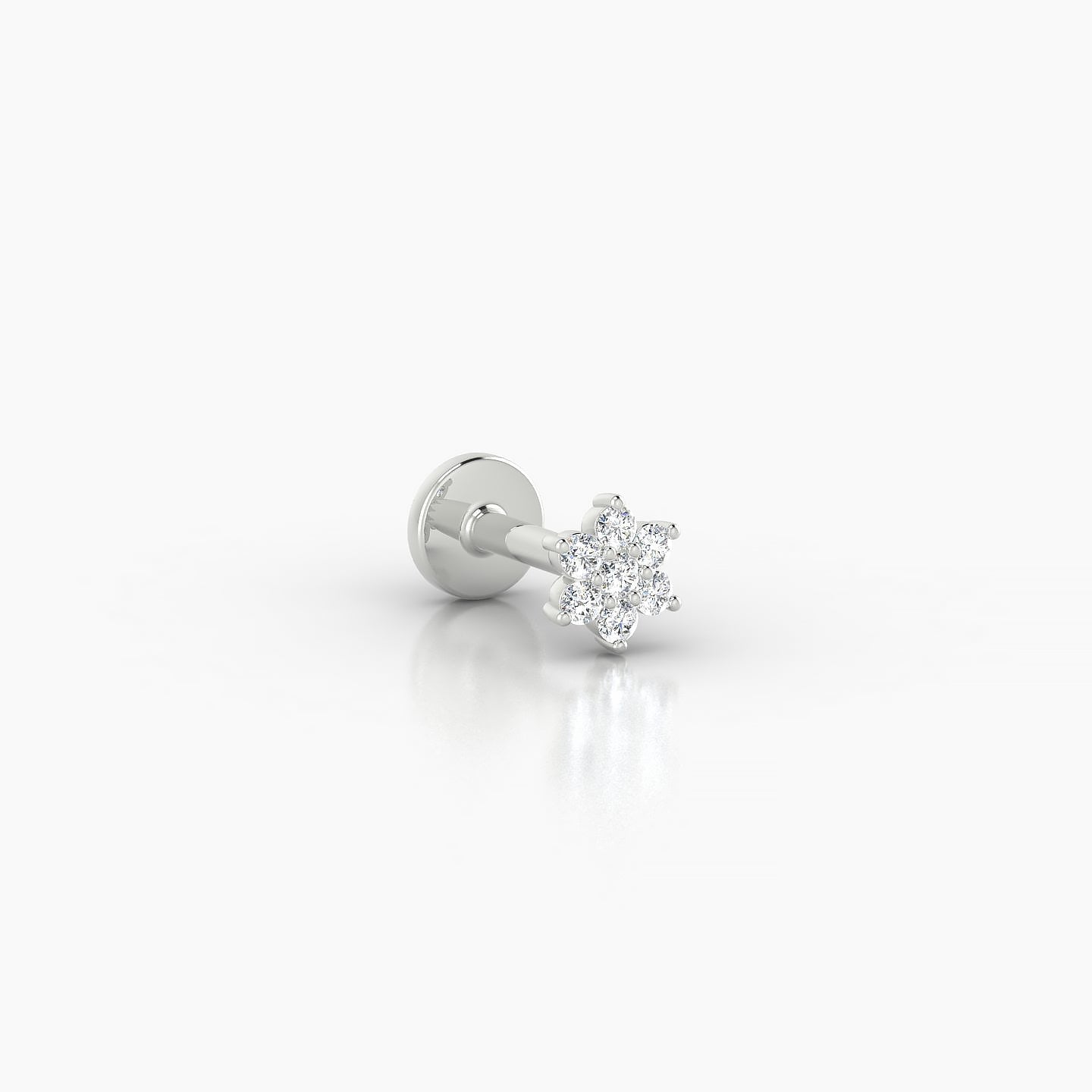Education
Nostril Piercing Full Guide
The nostril piercing, or nasal piercing, is one of the most popular and timeless types of facial piercings. This piercing has existed since the 16th century and originated in India. Worn across cultures and ages, it combines elegance and boldness, becoming a preferred choice for those who wish to express their personal style.
You will learn how to choose the ideal placement for your piercing based on your anatomy and style. We will cover the level of pain and how to manage discomfort, the steps of the piercing procedure, cleaning instructions to prevent infections, and the healing process with practices for quick recovery. You will also explore the different available jewelry options and understand how to choose the perfect size for your piercing.
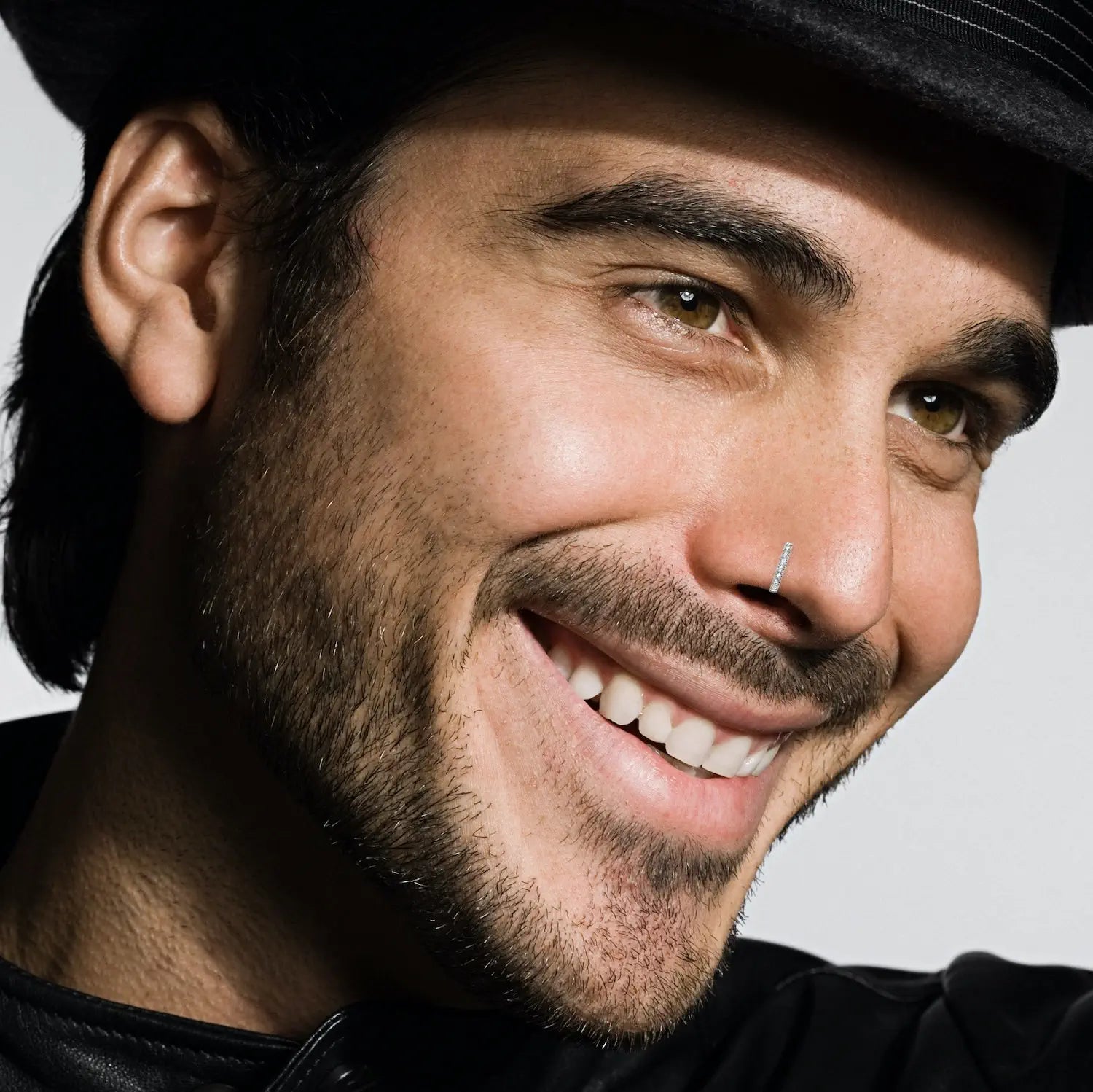
NOSTRIL PIERCING PLACEMENT
The nostril piercing is typically positioned on the side of the nose, at the level of the left or right nostril.
However, there are also variations such as double piercing, where two jewelry pieces are placed on the nostrils, creating a bold and asymmetrical look.
The choice between the left or right nostril often depends on personal preferences and the desired aesthetic.
Some opt for the nostril that corresponds to their dominant side, while others choose based on their style or existing piercing composition.

NOSTRIL PIERCING PAIN LEVEL
Nostril Piercing Pain Level: (4-5/10)
Nostril piercing is generally associated with a moderate level of pain, rated between 4 and 5 on our pain scale.
This estimation is based on several factors, including individual sensitivity, the specific location of the piercing, and the piercing process itself.
When the needle passes through the delicate skin of the nostril, it's normal to feel a temporary sensation of stinging or pressure.
How to reduce the pain during nostril piercing procedure?
Use of lidocaine-based numbing cream (EMLA or generics).
This cream is available in pharmacies by prescription.
It is recommended to apply it between 30 minutes to 1 hour before to pierce your nostril.
Ultimately, though nostril piercing may cause a moderate level of pain, many piercing enthusiasts consider the final result well worth it.
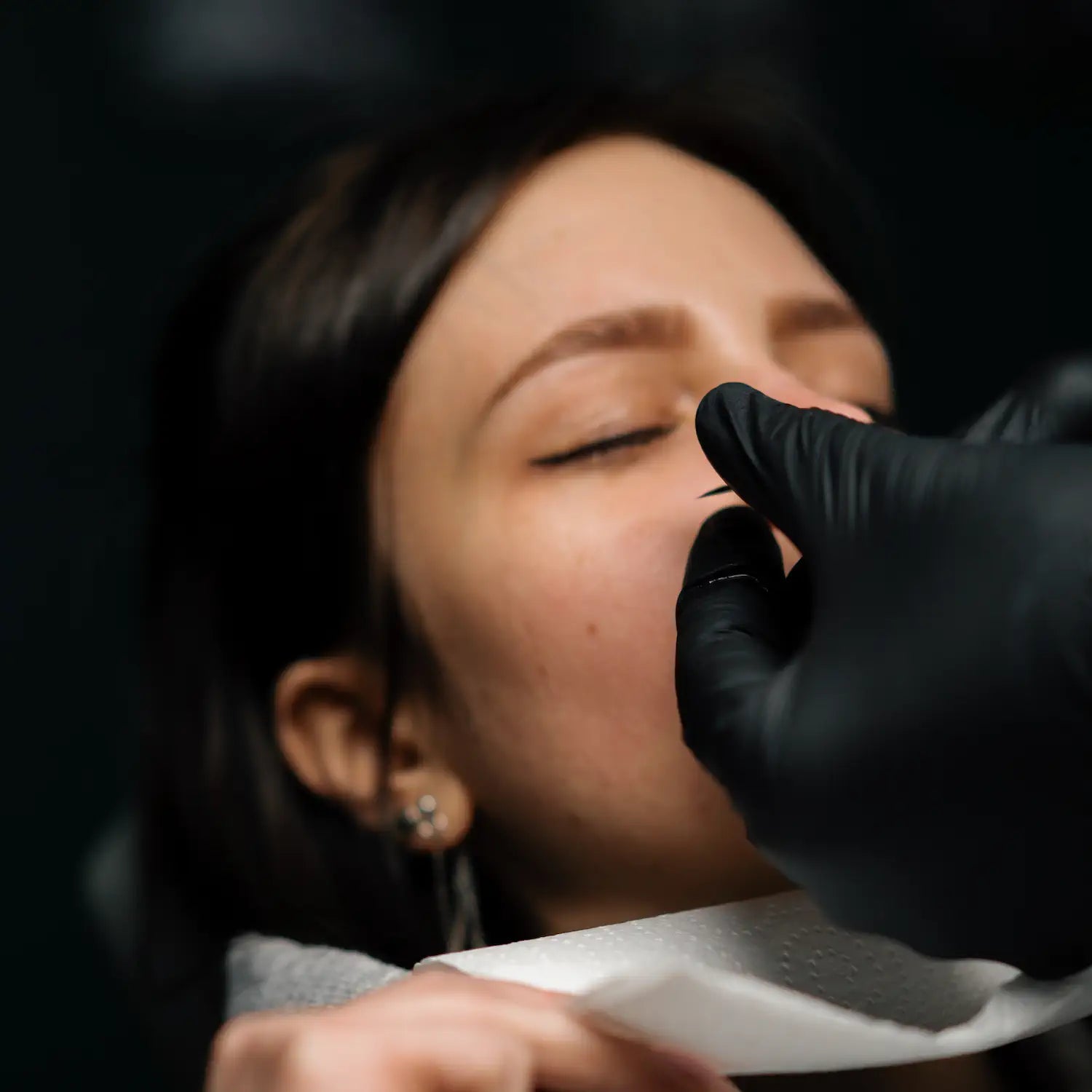
NOSTRIL PIERCING PROCEDURE
- Initial consultation to discuss expectations and practical details of the piercing.
- Jewelry selection; opt for 18k gold jewelry for better healing and to avoid any allergic reactions.
- Thorough cleaning of the nasal area to remove bacteria and reduce the risk of infection.
- Precise marking of the piercing location using a sterile marker.
- Selection and preparation of a sterile needle of appropriate gauge.
- Accurate insertion of the needle through the skin of the nostril.
- Secure attachment of the chosen piercing jewelry.
- Detailed instructions on post-piercing care and provision of written advice.
- Scheduling a follow-up appointment to monitor healing progress and address any additional questions.
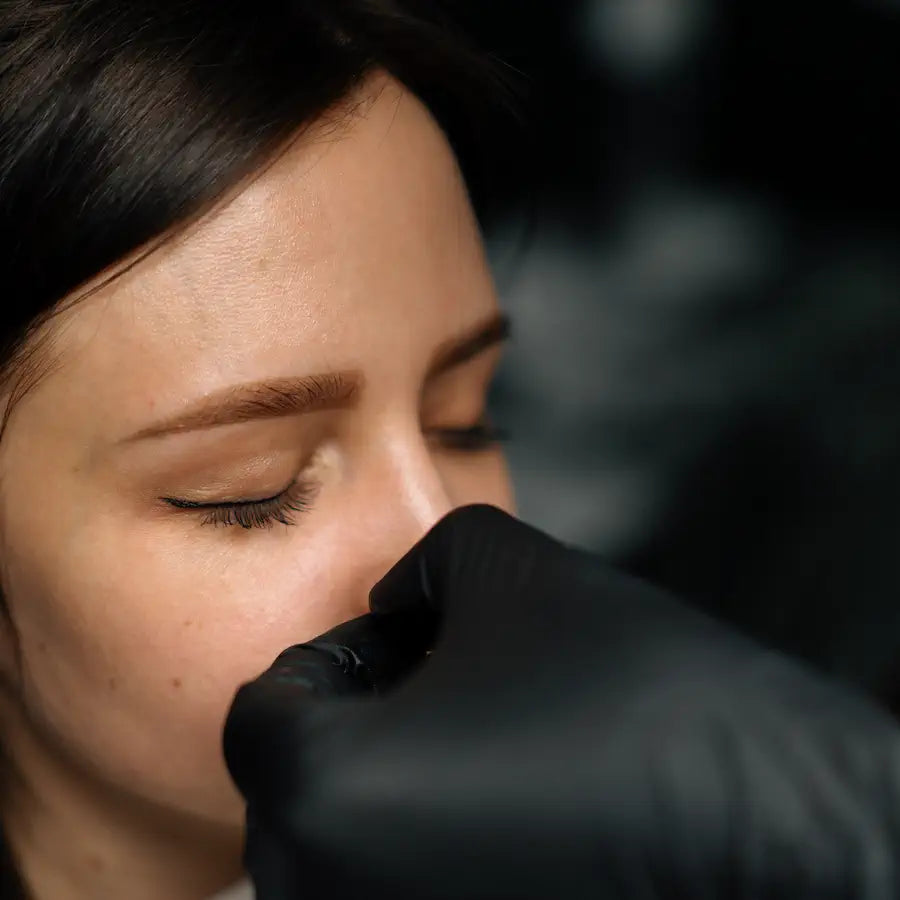
CLEANING INSTRUCTIONS FOR NOSTRIL PIERCING
- Gently clean the piercing area twice a day with a mild soap and warm water.
- Use a sterile saline solution to clean the area, avoiding products containing alcohol or iodine.
- Avoid touching the piercing with dirty hands and excessively manipulating the jewelry.
- Gently pat the area dry with a clean towel or tissue after cleaning.
- Avoid rubbing or scratching the piercing, as this can irritate the skin and delay healing.
- Avoid swimming pools, jacuzzis, and public baths during the healing period to reduce the risk of infection.
- If signs of infection such as redness, swelling, or discharge appear, immediately consult a healthcare professional.
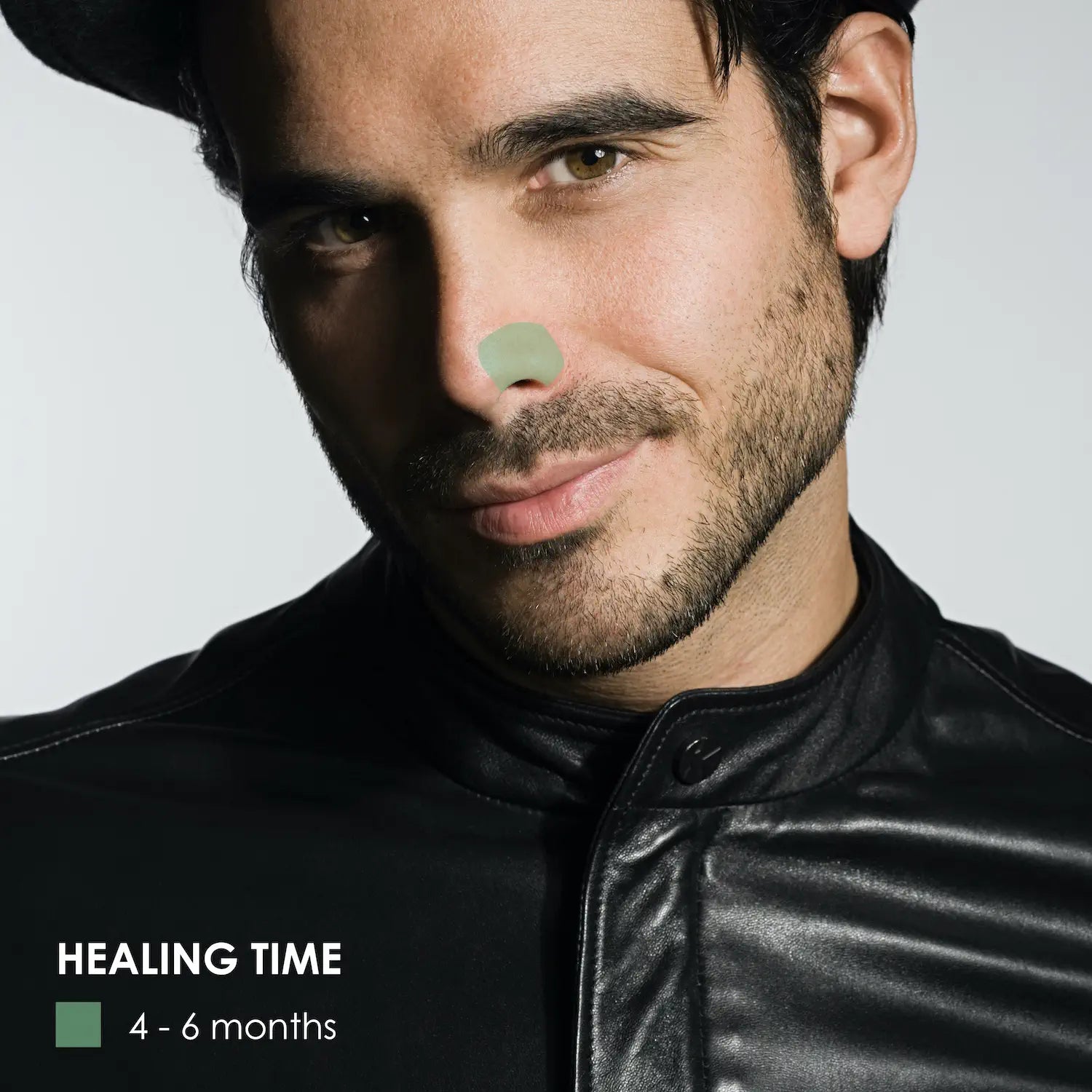
HEALING TIME & PROCESS FOR NOSTRIL PIERCING
The complete healing time for a Nostril piercing generally ranges from 4 to 6 months or longer, depending on the individual and skin healing capacity.
During the initial weeks, it's normal to experience some swelling, redness, and sensitivity around the piercing.
Formation of a light crust is also common during the healing period, but avoid removing it as it helps protect the healing area.
To promote optimal healing, carefully follow the cleaning instructions provided by your piercer and avoid excessive touching or manipulation of the piercing.
Also, refrain from changing the jewelry during the healing period unless absolutely necessary, and always consult a healthcare professional if signs of infection or complications arise.
Discover Our

